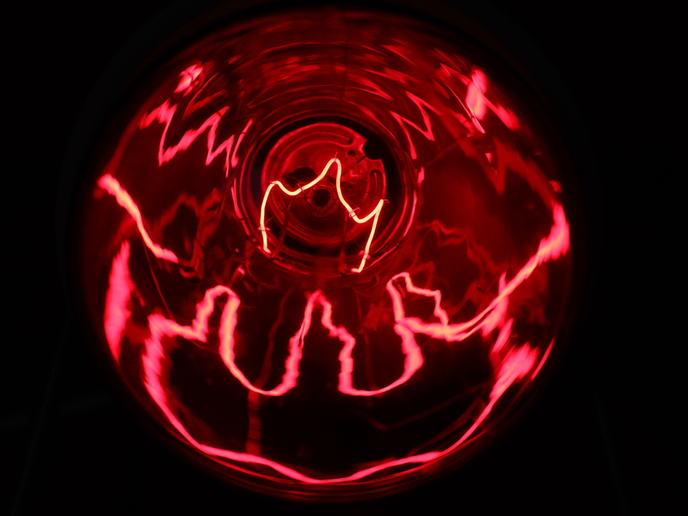A truly magical performance levitates a nanoparticle approaching its quantum ground state
Throughout history, mechanical oscillators have been used to make highly precise measurements. Some of the biggest step changes in the accuracy of clocks(opens in new window) and watches(opens in new window) rely on the relatively simple classical mechanics of pendulums and springs, with one end fixed to an immovable object and the other to a movable one. Now, with EU funding via a grant from the European Research Council (ERC), the QnanoMECA project has unleashed the power of quantum nanomechanical oscillators to investigate the complex quantum world with an untethered movable object, a nanoparticle. Levitating it using the force of light, the team has opened a new window on sensing ultrasmall forces and bringing large – in quantum terms – objects into the quantum regime.
Nanoparticles in the (laser) spotlight
ERC grantee and principal investigator Romain Quidant explains: “Nanoparticles can be levitated and trapped using the tiny forces each photon of a laser beam exerts on matter in its path. This optical trap(opens in new window), known as optical tweezers, resulted in the award of the 2018 Nobel Prize in Physics to Arthur Ashkin(opens in new window).” One of the main advantages of an unclamped mechanical oscillator, the optical tweezers, is its extreme isolation from the environment. This enables mechanical resonance at very well-defined frequencies like very pure notes on a guitar string. In turn, this unique purity of resonance opens the door to the possibility of bringing the nanoparticle into the quantum regime by reducing its mechanical energy (‘cooling’ the oscillator) down to less than one mechanical quanta (the quantum ground state). The unprecedentedly pure resonance also turns the oscillating nanoparticle into a highly sensitive sensor of its environment. “We know that elementary blocks of matter like atoms and ions are quantum and obey the laws of quantum mechanics,” notes Quidant. “Things are less clear for large and dense ensembles of atoms like the levitated nanoparticle. Our platform enables us to explore this unknown regime, observing very weak physical effects that were impossible to directly measure previously.”
Leveraging the disproportionate potential of levitating tiny objects
Over the last 5 years, QnanoMECA has developed different experimental approaches to levitate and cool down nanoparticles to bring them in the quantum regime. In pioneering work in collaboration with ERC grantee Lukas Novotny of the QMES project, the team has reduced the oscillator’s mechanical energy to tens of phonons from around 50 million and plans to reach the single-photon quantum regime before the project ends in 2020. Furthermore, QnanoMECA research has made important scientific and technological steps toward the detection of ultra-weak forces that may contribute, in the years to come, to a new generation of high-end mechanical sensors for navigation and seismology. Levitation optomechanics is a relatively new but growing field, now counting more than 30 groups worldwide. Quidant says: “The project has positioned us among the world leaders in levitation optomechanics. There are many unanswered questions and untested theories. Our great excitement stems from the possibility that our work will address some of these frontiers.”







